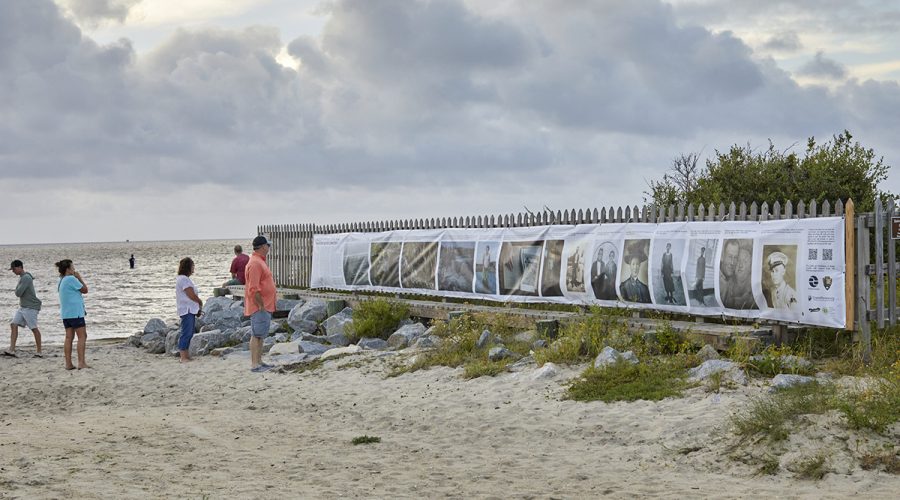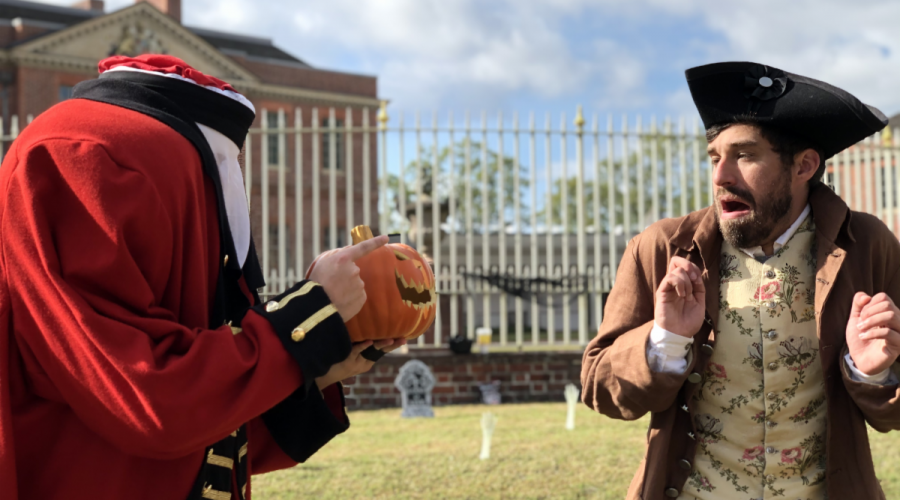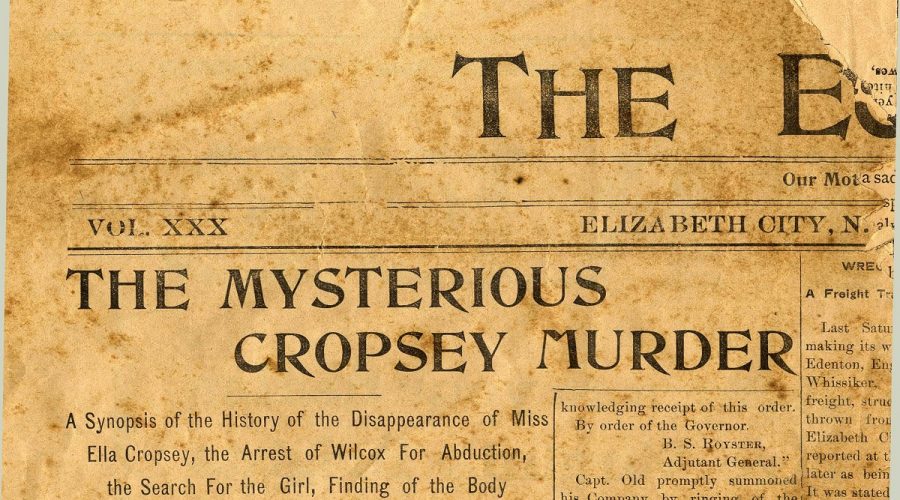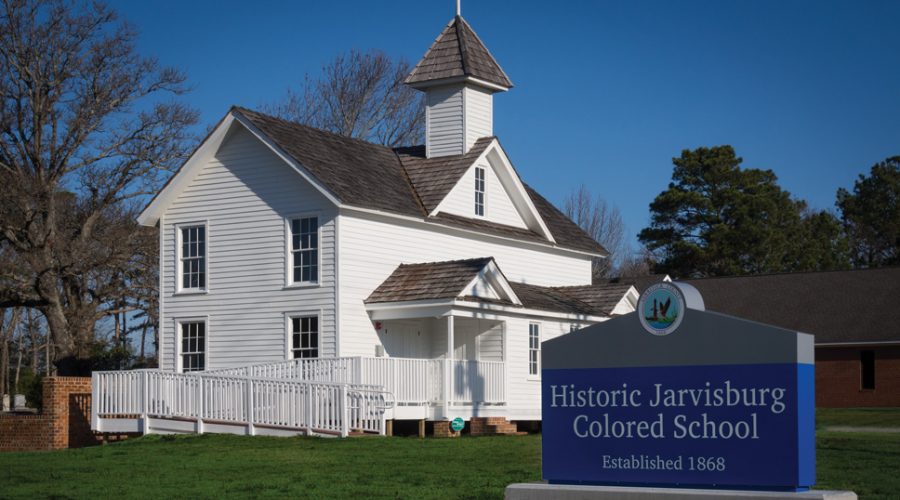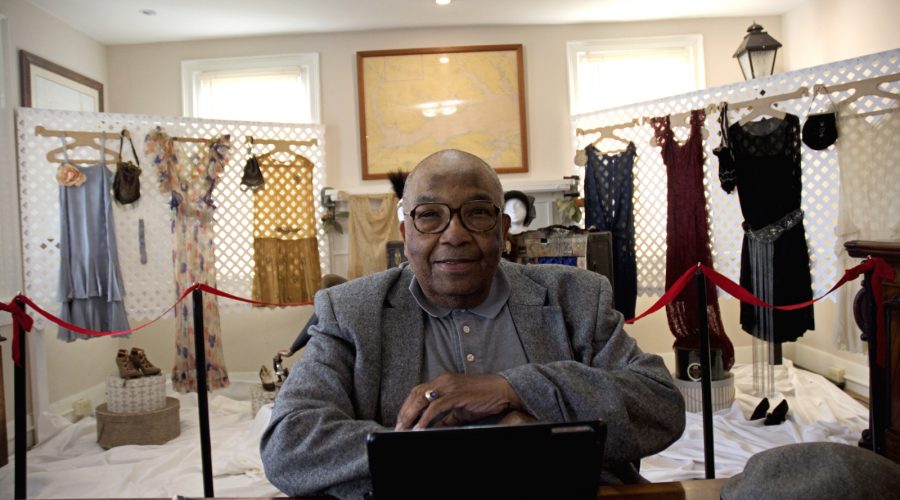The Nature Conservancy received $25,000 from Duke Energy Foundation to study the history of indigenous and enslaved communities on its preserves in North Carolina.
culture and history
Excerpt: Bland Simpson’s ‘Land of Water, Land of Sky’
Bland Simpson shares a taste of his latest book, “North Carolina: Land of Water, Land of Sky,” with photography by his wife and collaborator Ann Cary Simpson as well as Scott Taylor and Tom Earnhardt.
Outer Banks parks receive grant to help Title 1 schools visit
Fort Raleigh National Historic Site, Cape Hatteras national Seashore and Wright Brothers Memorial Memorial, have received a grant to help pay for field trips for students at 12 Title I schools in Currituck, Dare and Tyrrell counties.
Take a candlelit tour of Moores Creek Battlefield Nov. 13
The family-friendly program will travel along the candlelit trail with stories of the early days of the American Revolution and of the Battle of Moores Creek Bridge.
History for Lunch to feature Dare’s abandoned Buffalo City
The “Buffalo City & the Blount Patent: A History of Logging the Dare Mainland” is the topic of the Nov. 17 History for Lunch at Museum of the Albemarle in Elizabeth City.
Perquimans County offers a quieter trip back in time
While sometimes overshadowed by neighboring counties of the Albemarle Region in terms of attractions, Perquimans boasts rich history and historically significant figures and structures of its own.
1898 massacre to be commemorated next month
New Hanover County, Wilmington, area organizations and partners are set to commemorate the 123rd anniversary of the 1898 Wilmington Massacre and Coup d’état with several events.
Cemetery threatened by erosion now features photo exhibit
The outdoor display features images from a photography and reporting project that investigates the effects of sea level rise and erosion as seen from the small cemetery at risk of being lost to the waters of Pamlico Sound.
It’s Oyster Week in North Carolina
Oct. 11-15 is North Carolina Oyster Week this year and organizers, North Carolina Sea Grant, the North Carolina Coastal Federation, and the North Carolina Department of Natural and Cultural Resources, say the “shellebration” includes a series of in-person and virtual oyster-related events along the coast and in the Triangle.
Roanoke-Hatteras Algonquian: The tribe that never left
Marilyn Berry Morrison, an outspoken advocate for the Roanoke-Hatteras Tribe of the Algonquian Indians of North Carolina, has led the effort for official state recognition of the tribe she calls “keepers of the land” and is still represented here on the Outer Banks.
Tryon Palace to be taken over by Halloween spirits
“All Hallows’ Eve” will feature ghosts, witches and other creatures Oct. 23.
Nell Cropsey murder focus of next History for Lunch
The Museum of the Albemarle in Elizabeth City is going to feature the “Woeful Story of Nell Cropsey & Jim Wilcox” during its Oct. 6 History for Lunch.
NC’s roots were in Albemarle Settlements, not ‘Lost Colony’
The role of Chowan County in North Carolina’s early Colonial history is often overshadowed by the first English settlement in North America, but it was here where the Tar Heel State had its true beginnings.
10 cultural organizations on the coast receive COVID relief
Nearly a dozen cultural organizations on the coast have been awarded grants to support either operations or restarting humanities projects.
Our Coast’s People: Dr. Ben Speller of Edenton
A retired NC Central professor and preservationist of African American history, Dr. Ben Speller of Edenton is a self-described collaborator who says that, despite the things that divide us, there’s more that we share in common than some may care to admit.
Latest dig yields new clues at Fort Raleigh Historic Site
Artifacts found in the current dig include sherds from olive jars once common on ships, a gun flint and what may be a fragment of laboratory equipment from the 1585 worksite.








